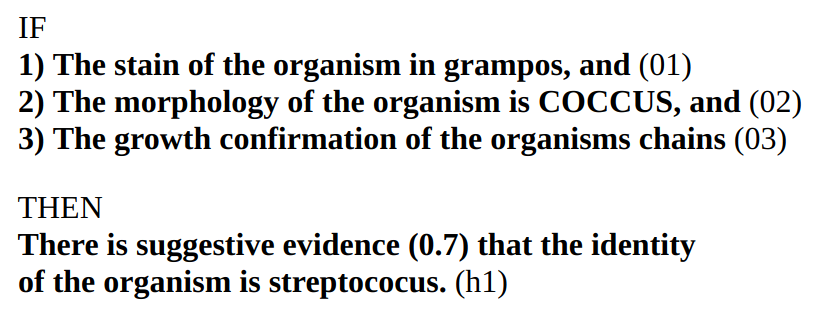Deep Learning for the Life Sciences
by Bharath Ramsundar, Peter Eastman, Pat Walters, Vijay Pande
Chapter 8. Deep Learning for Medicine
As we saw in the previous chapter, the ability to extract meaningful information from visual datasets can prove useful for analyzing microscopy images. This capability for handling visual data is similarly useful for medical applications. Much of modern medicine requires doctors to critically analyze medical scans. Deep learning tools could potentially make this analysis easier and faster (but perhaps less interpretable).
Let’s learn more. We’ll start by giving you a brief overview of earlier computational techniques for medicine. We’ll discuss some of the limitations of such methods, then we’ll start running over the current set of deep learning–powered techniques for medicine. We’ll explain how these new techniques might allow us to bypass some of the fundamental limitations of older techniques. We’ll end the chapter with a discussion of some of the ethical considerations of applying deep learning to medicine.
Computer-Aided Diagnostics
Designing computer-aided diagnostic systems has been a major focus of AI research since the advent of the field. The earliest attempts at this1 used hand-curated knowledge bases. In these systems, expert doctors would be solicited to write down causal inference rules (see, for example, Figure 8-1).
There was basic support for uncertainty handling through certainty factors.
